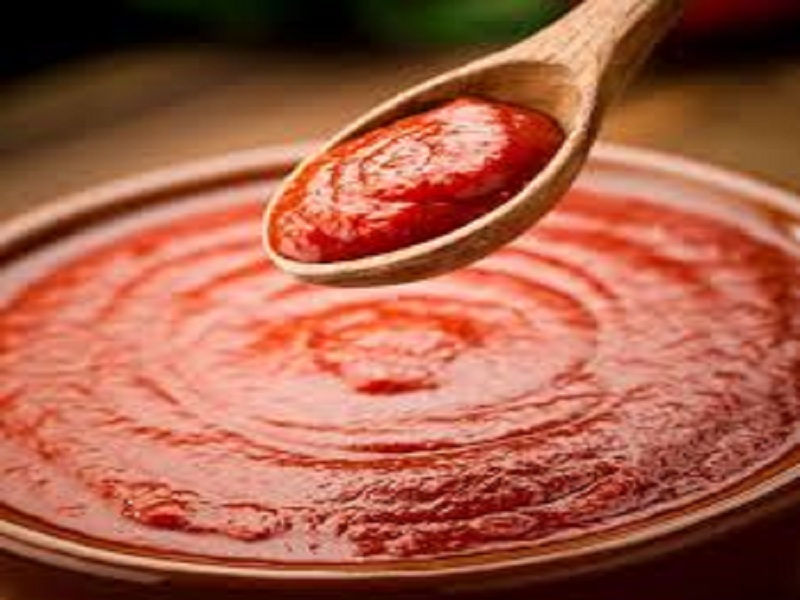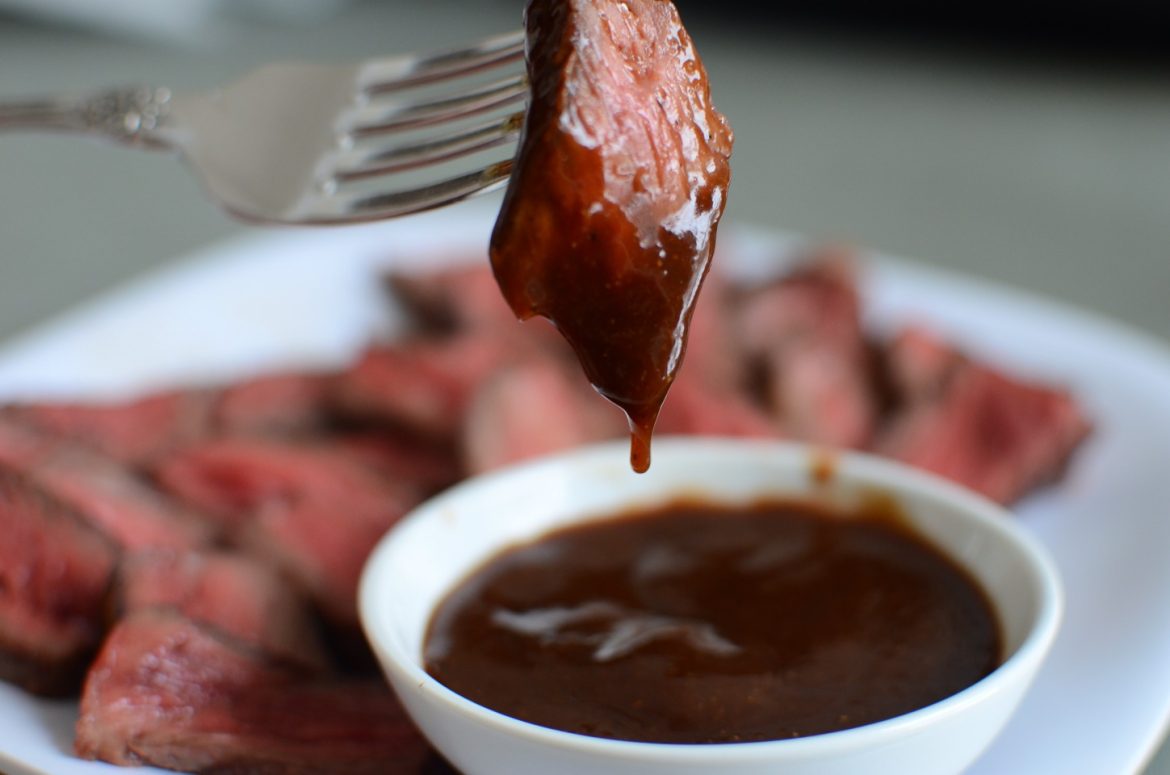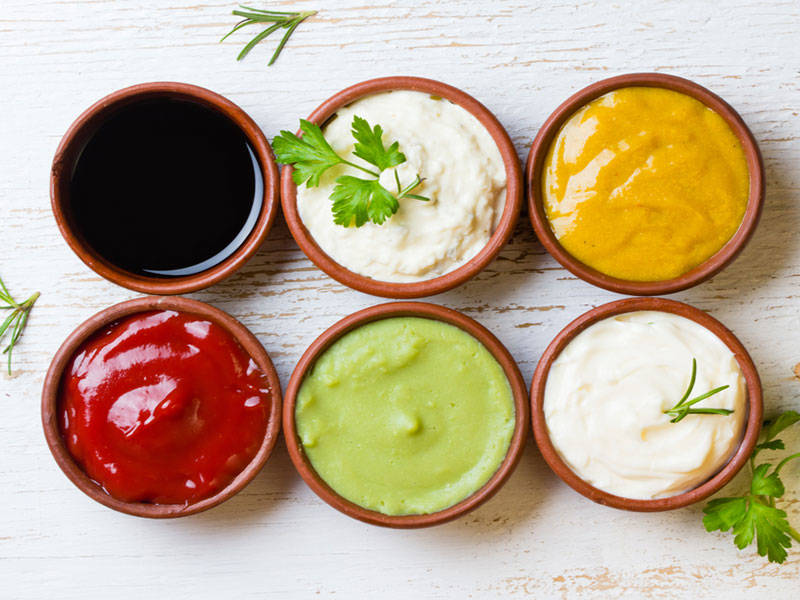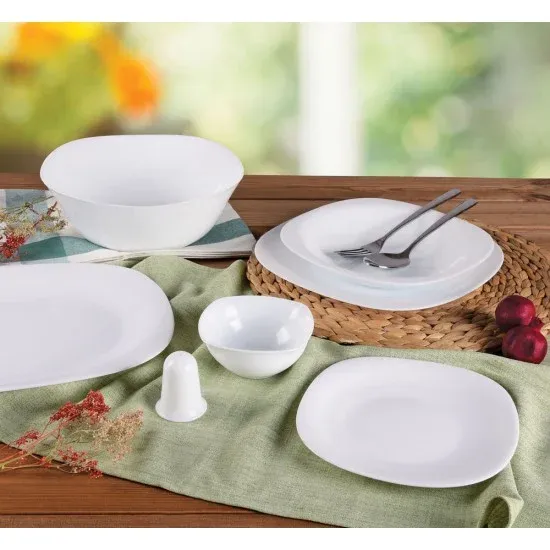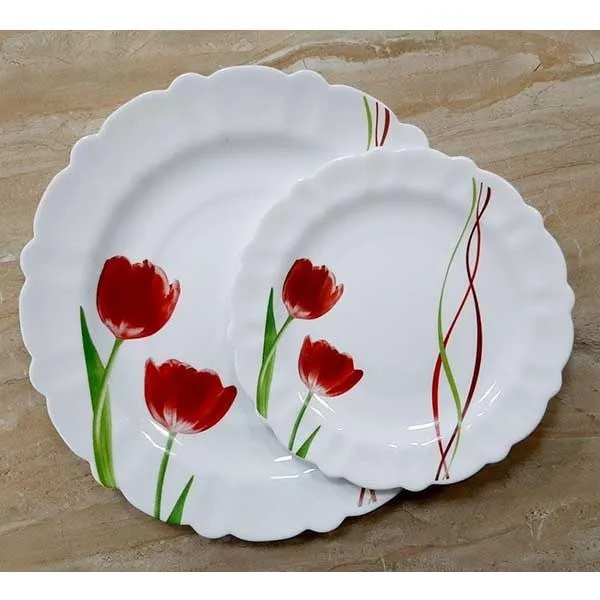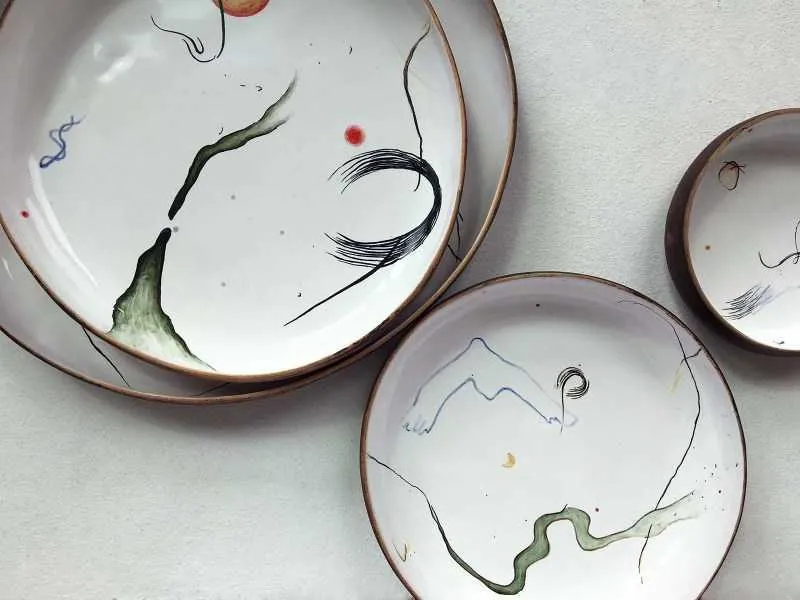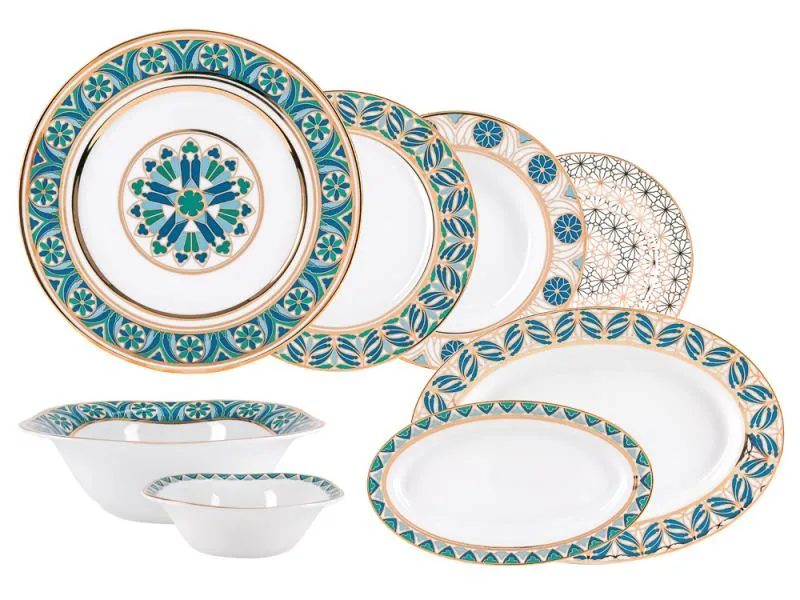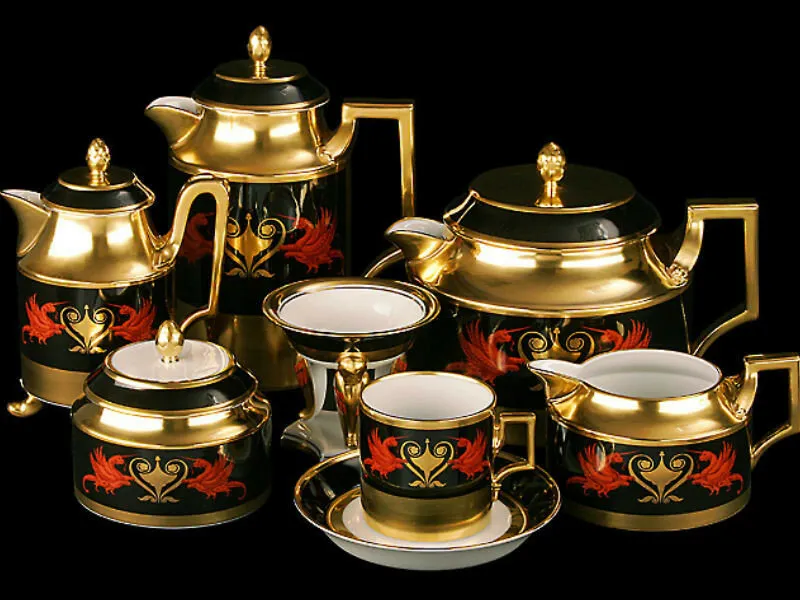Choosing the Perfect Dinnerware
When it comes to selecting dinnerware for your home or restaurant, you may be faced with the decision between porcelain and ceramic plates. Both options have their own unique characteristics, and understanding the differences between the two can help you make the right choice for your specific needs. In this article, we will discuss the key factors to consider when comparing porcelain and ceramic plates, including their appearance, durability, and cost.
Discuss Porcelain vs Ceramic Plates
Porcelain and ceramic are both types of clay-based materials that are used to create various types of tableware. However, there are distinct differences between the two in terms of composition and manufacturing processes.
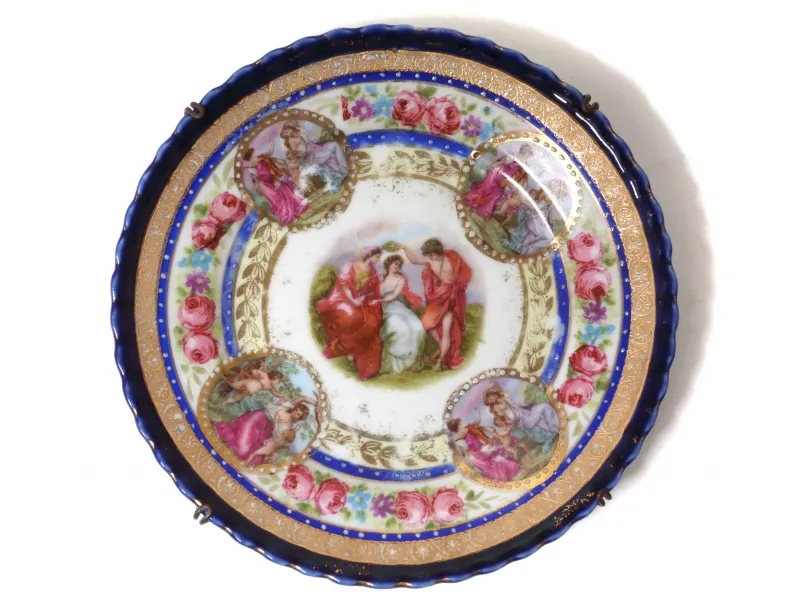
Porcelain is a type of ceramic made from a specific type of clay called kaolin. It is fired at a high temperature, which gives it a smooth, glass-like finish. Porcelain is known for its delicate and translucent appearance, often featuring intricate patterns and designs. It is also highly resistant to chipping and scratching, making it ideal for everyday use.
On the other hand, ceramic plates are made from a more porous clay that is fired at a lower temperature than porcelain. This results in a slightly rougher texture and a less refined appearance compared to porcelain. Ceramic plates come in a wide range of styles and designs, and they offer a more rustic and casual aesthetic.
Buying Porcelain vs Ceramic Plates
When deciding between porcelain and ceramic plates, it’s important to consider your specific needs and preferences.
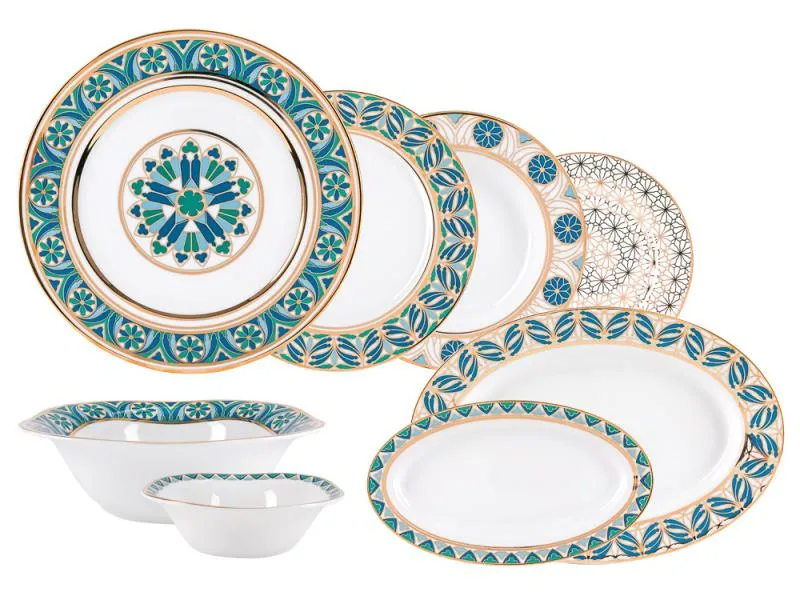
If you are seeking elegance and a luxurious feel, porcelain plates are the way to go. Porcelain has a timeless appeal and is often used in formal dining settings. Its fine craftsmanship and delicate patterns make it a popular choice for special occasions and fine dining establishments.
Ceramic plates, on the other hand, are perfect for casual dining and everyday use. They offer a more relaxed and laid-back atmosphere, and their durability makes them suitable for families with children or high-traffic restaurants. Ceramic plates come in a wide range of colors and designs, allowing you to express your personal style and create a unique dining experience.
Durability of Porcelain vs Ceramic Plates
When it comes to durability, porcelain plates have the upper hand. The high firing temperature strengthens the clay particles, resulting in a plate that is more resistant to chipping and cracking. Porcelain is also less likely to absorb stains or odors, making it easier to clean and maintain.
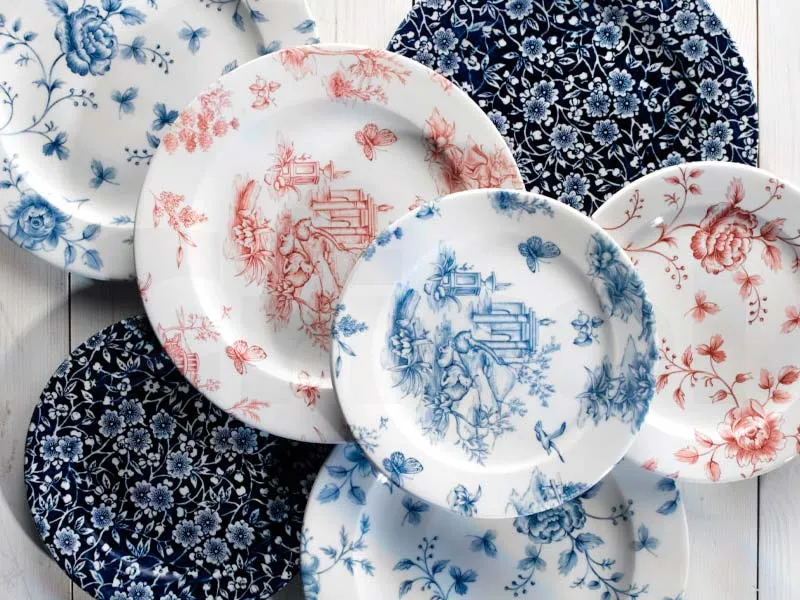
Ceramic plates, although less durable than porcelain, are still a reliable option for everyday use. However, they are more prone to chipping and scratching due to their lower firing temperature and more porous composition. Ceramic plates may also absorb certain liquids or foods, which can lead to staining over time. It is important to handle ceramic plates with care and avoid using metal utensils that can damage the surface.
Price of Porcelain vs Ceramic Plates
One of the most significant factors to consider when choosing dinnerware is the cost. Porcelain plates are generally more expensive than ceramic plates due to the higher quality materials used and the intricate craftsmanship involved in their production. However, investing in porcelain plates can be seen as a long-term investment since they are highly durable and have a timeless appeal.
Ceramic plates, on the other hand, are usually more budget-friendly and offer a wider range of options in terms of price. Whether you are looking for affordable everyday plates or higher-end artisanal pieces, ceramic dinnerware provides a variety of choices to fit different budgets.
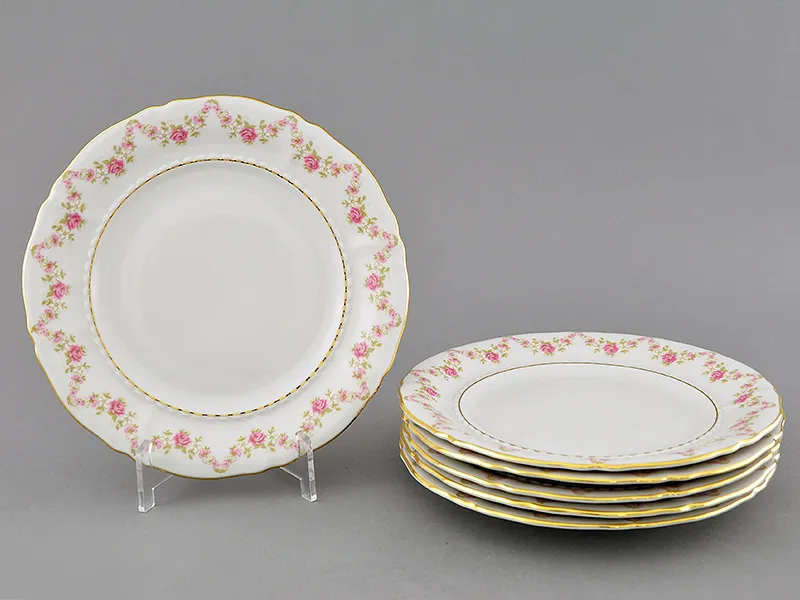
In conclusion, when it comes to selecting porcelain vs ceramic plates, it all boils down to your personal style and preferences. Both options offer their own unique characteristics and advantages. Porcelain plates are elegant, refined, and highly durable, making them perfect for special occasions and formal dining. Ceramic plates, on the other hand, are more casual, versatile, and budget-friendly, making them a popular choice for everyday use and more relaxed dining experiences. Consider your needs, aesthetic preferences, and budget when making your final decision, and enjoy the beauty and functionality of your chosen dinnerware for years to come.
